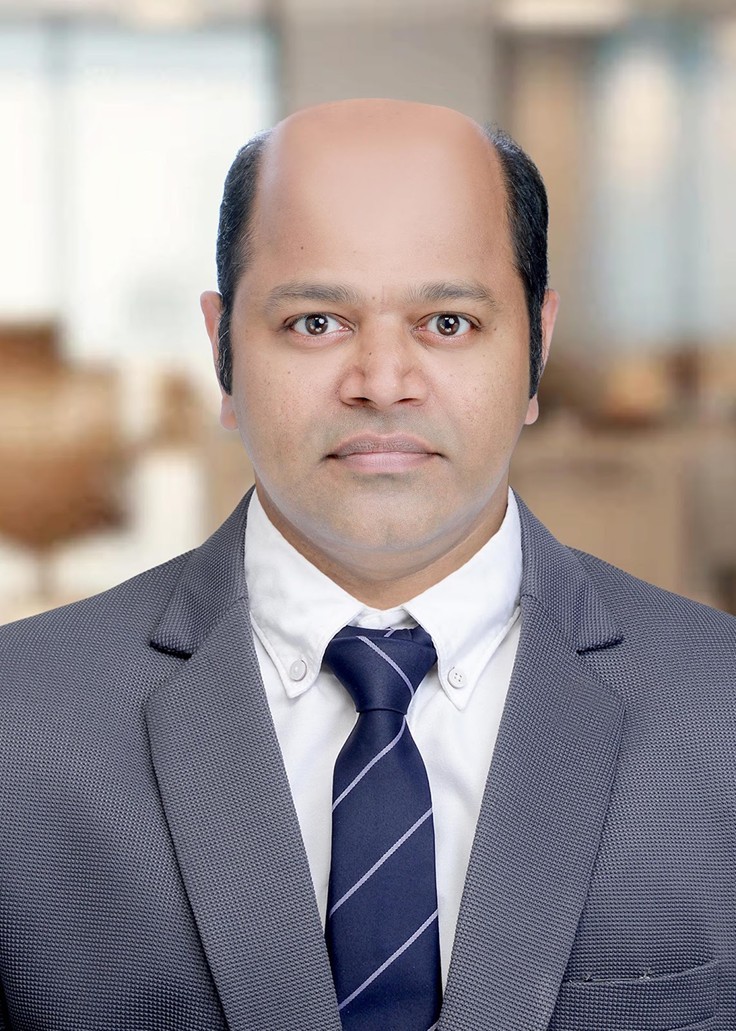
In the fast-paced environment of cloud structures, being efficient is no longer a nice thing to have; it's a must. As businesses expand and change, lean, secure, and automated cloud infrastructures have become the most important part of digital development. Sijo Joseph Nellissery, a Principal Engineer with almost 20 years of experience with enterprise-grade platforms, is at the forefront of this change. His way of running cloud-native operations provides a model for how to make today's complicated business ecosystems more resilient, scalable, and automated.
Sijo has managed major changes on e-commerce and SaaS systems that have led to measurable gains in performance and uptime. He is an expert in DevOps, Cloud Engineering, and Site Reliability Engineering. His plan to turn the SAP Ariba procurement platform into a multi-hyperscaler Kubernetes-based platform led to stringent FedRAMP conformity and set a standard for safe and scalable public-sector deployment.
Sijo's guidelines resonate with the essence of what is now termed the Lean Cloud—a precept that relies on automation, optimization, and smart governance. As discussed in the research paper "A Review Paper on Cloud Infrastructure and Efficient Management" (IRJMETS, 2023), reducing overheads in operation via anticipatory resource scaling and automation is the key to long-term infrastructure expansion. This is where Sijo's tactics come in to deprovision overprovision while also fostering agility through policy-as-code and infrastructure-as-code strategies.
To address the challenges of DevOps speed and cost management today, Sijo has integrated AI-driven automation and policy-as-code into his stack. These help actively control infrastructure drift, validate real-time compliance, and facilitate secure deployment pipelines for multi-cloud environments. His mantra, "Guardrails, not gates," reflects this philosophy—empowering governance without taking the path through the bottlenecked gate.
The study "Automation Tools Used in Cloud Computing" (IRJMETS, 2022) supports this line of thought, pointing out that automation improves not just speed, but also governance, provided it is done with fine-grained access controls and continuous integration pipelines. Sijo's experience is similar, automating the delivery cycles with security checks at each point—making platforms fast as well as secure by design.
Sijo is also an advocate of observability-led optimization. He has powered intelligent telemetry pipelines that extend beyond metrics and dashboards to establish automated feedback cycles, adjusting workloads in real time with performance data. This is the way it goes with conclusions drawn in the paper "Study and Analysis on Cloud Platform Optimization Using Observability and Telemetry Data" (IJSR, 2024), highlighting how actionable intelligence through observability systems helps decrease latency, enhance uptime, and maximize cost optimization.
The key to Sijo's philosophy is platform engineering—developing reusable abstractions that allow developers to write independently without touching bare infrastructure. His self-service solutions provide configured, compliant, and performance-optimized settings that speed up teamwork while keeping the infrastructure safe. In short, that's what Lean Cloud nirvana is all about: getting more done with less, without sacrificing security or resilience.
Beyond government platforms, Sijo's contributions to the e-commerce space have also been revolutionary. He has created systems that can endure enormous holiday traffic bursts and international flash sales with zero downtime and peak cost-per-transaction. His autoscaling blueprints and fail-safe designs have reliably provided quick, fault-tolerant customer experiences—upholding the business worth of smart platform engineering.
For Sijo, optimization is not a discrete activity but an ongoing journey, fueled by smart automation and feedback loops. From modernizing public sector SaaS or optimizing commerce infrastructure, he delivers technical substance, product vision, and unyielding attention to operational excellence. His efforts reflect a change in cloud strategy—from reactive to forward, and from fixed to smart.
Conclusion
As container orchestration, hybrid cloud models, and AI-driven automation become commonplace, Sijo Joseph Nellissery's strategy is a template for how cloud infrastructure in the modern era should be done. His emphasis on Lean Cloud practices—backed by new research and successful implementations in the field—demonstrates that scalable, secure, and efficient infrastructure not only can exist, but must be the standard for digital businesses today. The Lean Cloud, under the leadership of engineers such as Sijo, is more about faster, smarter, and more secure execution of the right things, rather than doing more with less.
ⓒ 2025 TECHTIMES.com All rights reserved. Do not reproduce without permission.





